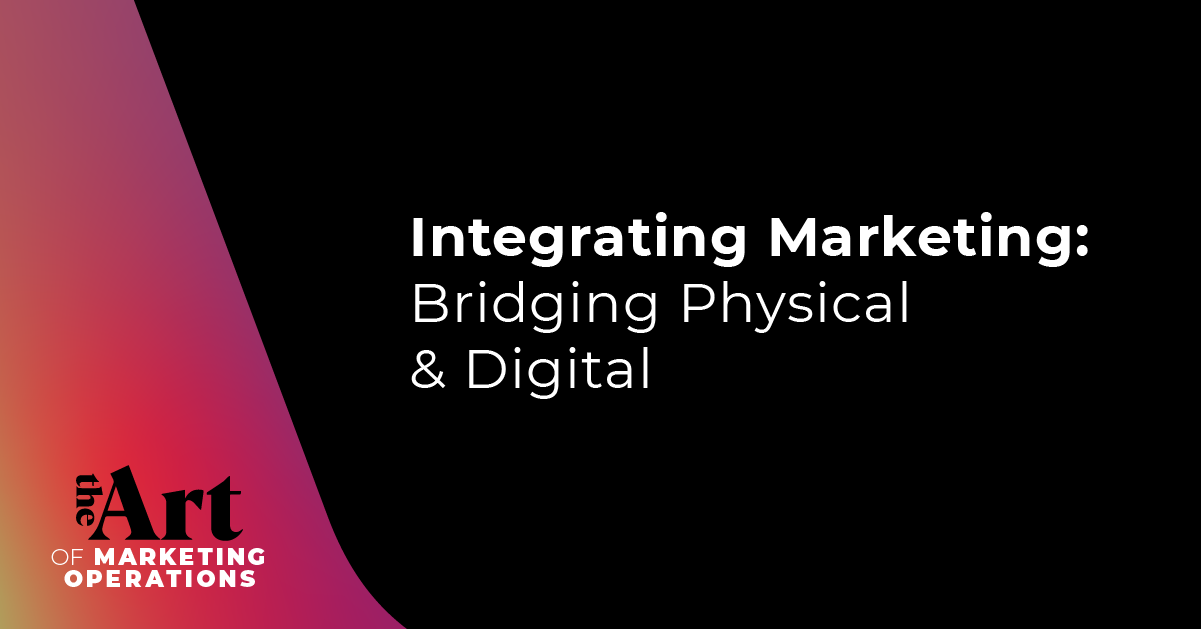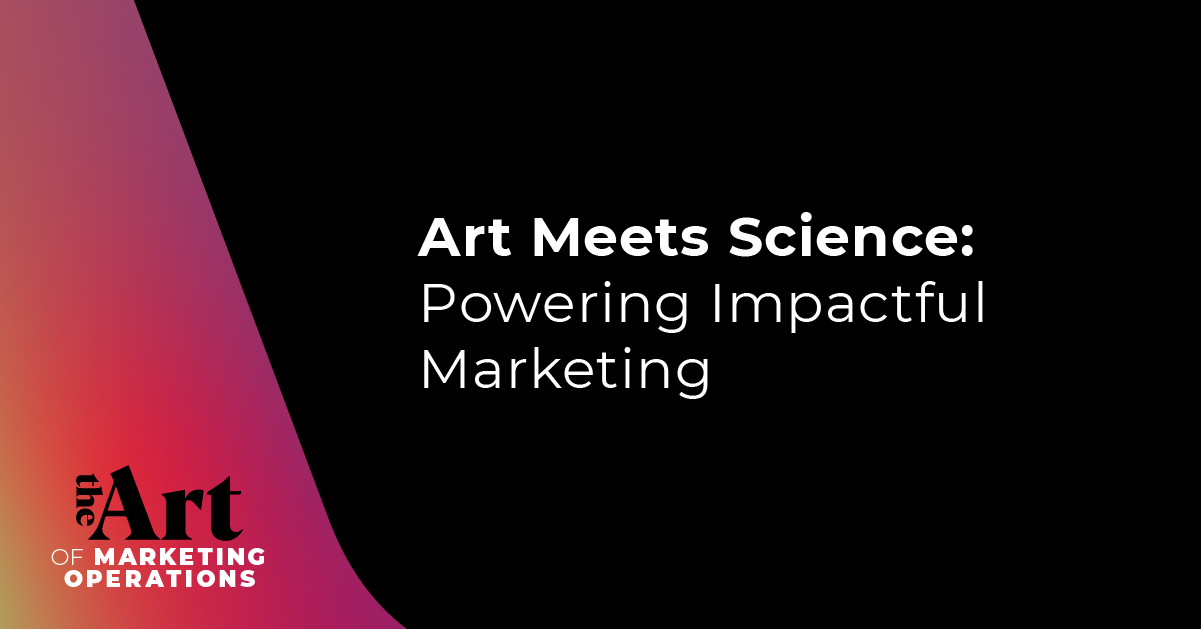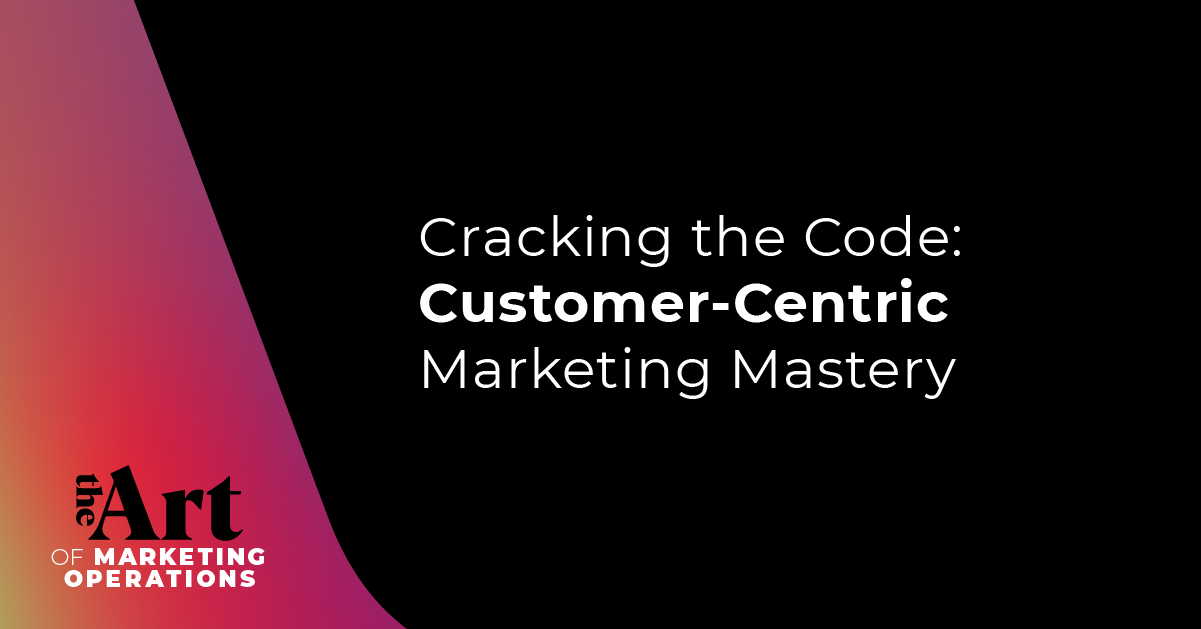The first person to touch your product isn’t a buyer — they’re a marketer.
Andrew Wagner, Chief Marketing Officer at Mighty Spark, says marketers are far more than advertisers — they’re more like general managers. Marketers play a role in every function of a business from product ideation to design, development, sourcing, manufacturing, distribution and beyond, meaning they must work with leaders across every team. When organizations can embrace this marketers-as-general managers mindset, a product’s true potential can be revealed.
Join us as we discuss:
- Marketing beyond advertising and how your team can leverage marketing to streamline growth and achieve success
- Why financial literacy in marketing is essential
- The importance of an integrated marketing approach leveraging both digital and physical initiatives
Marketing is the entire business
From movies to social media, the boardroom scenario paints marketers completely wrong. This intense exaggeration makes marketers out to be just advertisers. In the consumer package goods space, this could not be further from the truth.
At the very conception of a business, marketers determine the customer — they work with foundational team members to build a product with perfect market fit, ultimately building from scratch the trajectory of a product lifestyle from who will purchase it, when, and where.
That means they determine every other aspect of the business, including the product that will be built. Marketers coordinate with finance, research and development, operations… the list goes on.
On the first day of Andrew’s marketing career at General Mills, he was designated to the Old El Paso brand’s new launch — a cooking sauce. Widely known for their Mexican-inspired food products, they were set to compete against a massive restaurant and consumer packaged goods brand, Frontera.
Old El Paso’s cooking sauce was made from premium, imported peppers. These high-quality ingredients made their sauce an immaculate product — and a costly one. The team would not accept the thought of diluting their top-tier product, but the price point was insanely high for the market based on Frontera’s prices.
Sitting at a table with a food scientist, a financial analyst and research and development, Andrew was hit with the consumer packaged goods tidal wave. It instantly became apparent that marketing in the consumer packaged goods space was so interwoven with other departments they became almost unrecognizable as different facets.
With creativity and core values at the helm of the ship, it was time to get creative. There were many ways to cut down the costs without also cutting down the product’s quality. Were there ways to reduce packaging and shipping costs? Could there be operational efficiencies put in place to save time (and cash)?
Being involved in this creative, all-hands-on-deck process is where Andrew fell in love with consumer packaged goods marketing — on his very first day.
Communicating in the language of business
Marketing has developed a lingo of its own over the past few decades nearly creating an entirely new industry-specific language that's not necessarily inclusive to those outside the discipline.
While this new dialect is useful for the day-to-day lives of marketers, the rest of the C-suite may be completely clueless about how these new buzzwords actually translate into profit.
This is why understanding and communicating in terms of ROI is a critical skill for every marketer to be successful — it serves as a Rosetta Stone between C-suite and marketing, making the language digestible and ultimately easing the struggle of communicating marking initiatives in terms of tangible business impact.
“Financial acumen is the language of business,” Andrew says. “We’re here to make a profit, and ROI is our scorecard.”
Calculating short and long-term ROI
When trading stocks, it’s pretty easy to plug your numbers into a pre-built formula that relies solely on math. This formula will spit out an answer to the ROI question that is concrete and definite.
Calculating marketing initiatives isn't so simple. It encompasses so much more than math. The field is built on the synergy of art and science, after all. That being said, how can marketers take abstract concepts and turn them into strong numbers to relay to their leaders?
The easier of the two is short-term ROI. This can entail beginning with the budget, analyzing reach and impression, and calculating how many projected customers will buy the product based on the marketing content they saw.
More important (and far more complicated) is long-term ROI. Following leading indicators in a hypothetical scenario, a $100,000 investment would lead to 10,000 profitable impressions. Those people will buy the product six times this year and every year after, ultimately bringing lifetime customer value into play — another difficult aspect of the customer journey to tangibly track. Moreso, they will share with their friends, creating more loyal customers along the way.
This will show the benefit to the future value of all future cash flows.
Communicating ROI
To find real numbers to formulate ROI, marketers have to have a model built. This is intimidating and may require assistance. When working in such a complex environment entangled with so many departments, outsourcing insight for building a cohesive, effective model doesn't mark a shortcoming of the team — it gives them more power to see the impact their work is making, ultimately empowering them to create better content that connects with your ideal buyer much easier and more quickly.
When building the model, it is key to involve all internal stakeholders. By embracing collaboration, the stakeholders can see the process in real-time, meaning they fully understand the science behind the model and, ultimately, the validity of the estimated ROI.
By collaborating, any lingering questions from stakeholders can also be quickly addressed, unlike the scenario of making a presentation of a complete model to the stakeholders in a board room meeting.
By attacking the ROI problem from this angle, marketers can communicate better with stakeholders than ever before.
No guarantees
Marketers cannot guarantee anything when making an ambiguous decision, especially since there will always be crucial information that is never going to be available.
“You have to play devil's advocate with your own decision to make the right decision. You wouldn’t go down the double black diamond if you had never been skiing before. You would be asking what could go wrong here.” Andrew says. “You have to communicate with yourself first.”
After coming to a decision yourself, it is time to bring the conversation to your internal stakeholders. This will show them you have thought about the problem from all angles, bringing credibility to your case and alignment to your company.
When making a decision as a marketer, it is easy to get lost in the responsibility of serving as the final decision-maker. Yet, it is critical to remember that it is a team decision that impacts everyone.
“We are not teammates on a sports team that are each trying to earn individual statistics,” Andrew says. “We’re all in this together.”
Risks, rewards and the unknown
Since every decision is a joint venture, the only way to approach it is by educating each player on not only the potential rewards but the potential risks as well. Incomplete or inflated information leads to confusion and complication. Open honesty about the known risks and the unknown variables leads to making the right decisions.
Andrew knows that there will always be information that is not available. At Mighty Spark, if they wanted to launch a buffalo chicken snack, there are others on the market they could analyze to gain information.
However, the success of others does not guarantee their success. By approaching each decision with humility and honesty surrounding the limitations presented by unknown information, it builds more credibility, ironically.
Big box stores: the gatekeeper
When buying from a big box store, such as Walmart, Kroger or Target, customers are not buying directly from the producer. This means that companies like Mighty Spark have to sell their product to these stores, the gatekeepers, first.
“We have to convince them why our product should be on their shelf,” Andrew says. “Why should they replace another product with ours? Will our product make them more money?”
These retailers also place a lot of focus on the brands that will bring new customers into the store. These are the brands that have a near-cult following, with customers that will come to spend money in their store just because they are loyal to the brand. Putting in this work is critical when it comes to selling to retailers.
Finding the differentiator
For Mighty Stick, their strongest differentiator is that they are a chicken snack in a jerky aisle that is dominated by beef and pork. By using chicken, the number one consumer protein, they offer flavors that are delicious — and impossible for the beef and pork competitors to produce.
When a customer walks into a store, they are walking three miles an hour without knowing a vast majority of the brands in the store even exist. Creating the perfect packaging will catch their eye and tell them all they need to know to make a purchase decision — in less than five seconds.
“It’s an awesome creative challenge and also what makes marketing so fun,” Andrew says.
By centering the focus of the package around one, maybe two, key benefit differentiators and leaning hard into those, customers will find the rest of the product benefits quickly. However, if your package highlights six benefit differentiators, customers will likely not see any of them at all.
“Not knocking NASCAR, but do not NASCAR your package,” Andrew says. “Their stock cars are covered in brand stickers, but what do you see? You see what is on the hood.”
Digital marketing, stiffer competition
When a potential customer pulls out their phone and opens Instagram, who is it that they follow? This list is not likely to include a bunch of food brands (or many brand pages at all, honestly).
“At this point, your team is not in the snack aisle of the grocery store anymore,” Andrew says. “The competition for attention is now funny golf videos and cats that are really cute.”
Now, brands must make compelling content that not only sells the product but also entertains the audience. This is what makes digital marketing a much more complex avenue than package design. Andrew sings the praises of influencers who can present your product in a real-life scenario, solve a problem, entertain and illustrate on a digital level.
Want to learn more about communicating in financial acumen, finding the right ROI model and building a package and digital design that will make your product fly off the shelves? Listen on Spotify, Apple Music, or wherever you find your podcasts.





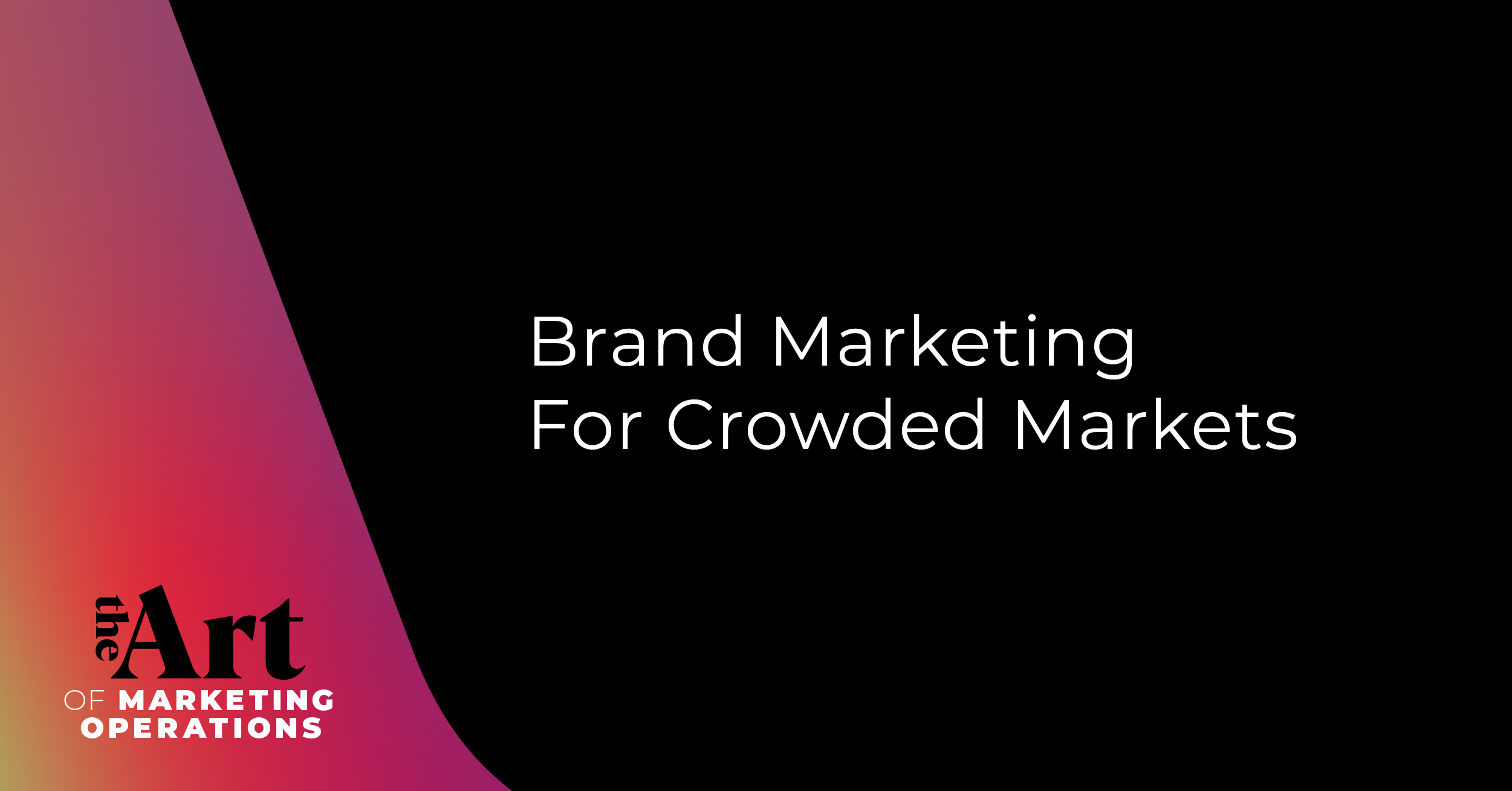
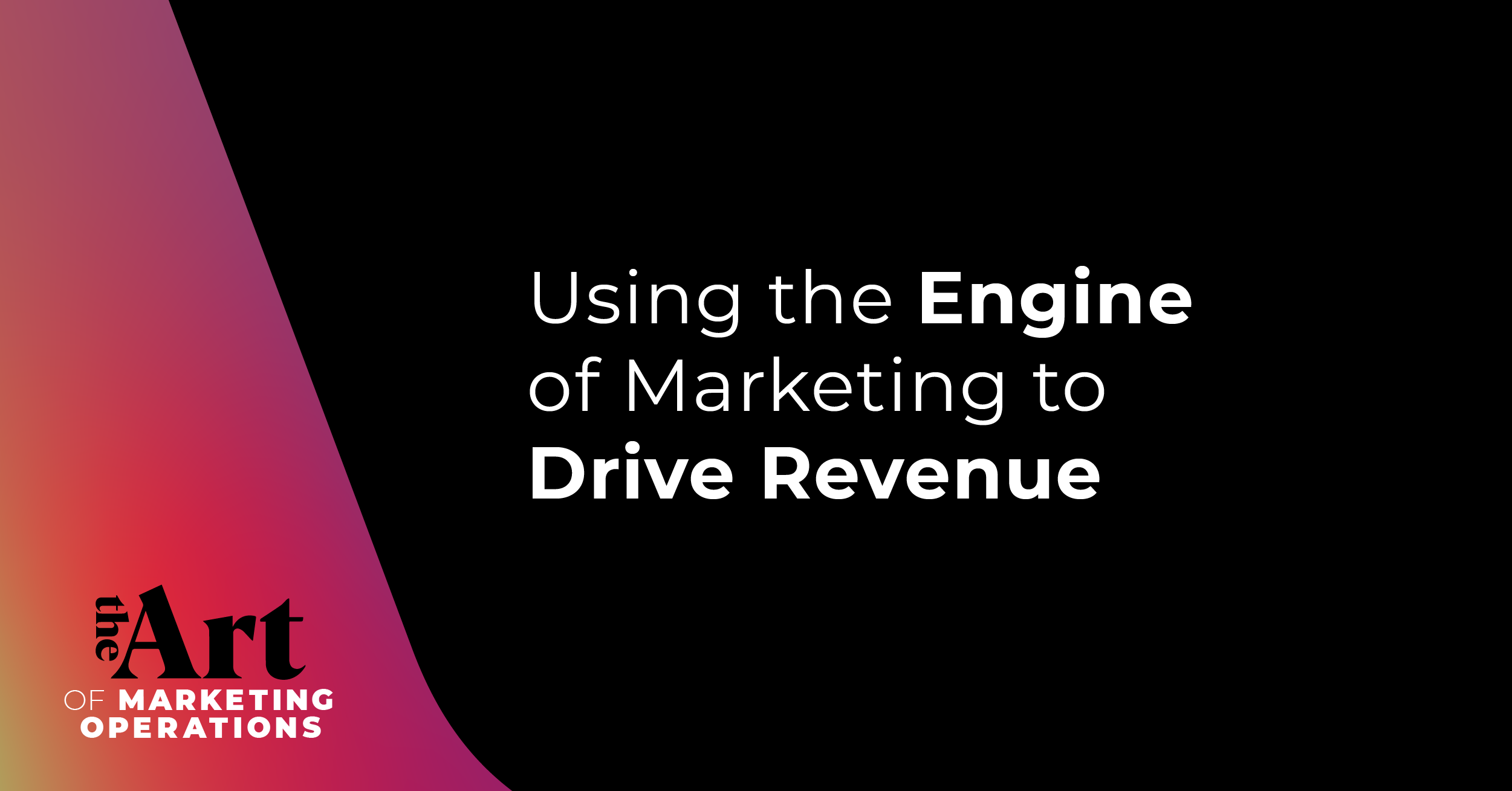
.png)
